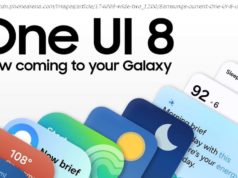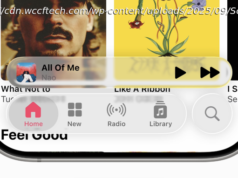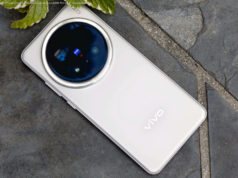We now have a first-take review for the iPhone XS and XS Max from Consumer Reports, and from the outset it should be noted there are no surprises or earth-shattering revelations here in terms of pronouncements, either good or bad.
We now have a first-take review for the iPhone XS and XS Max from Consumer Reports, and from the outset it should be noted there are no surprises or earth-shattering revelations here in terms of pronouncements, either good or bad.
Here are some of the high-level takeaways from the noted product review publication:
Both iPhone versions represent “incremental updates” compared to the iPhone X. Praise is reserved for things like the camera’s advanced “bokeh” capability (the fancy photography term that describes a depth-of-field effect) as well as the A12 chip, “Apple’s fastest processor to date.”
“If you already own the X, there may not be enough upside here to entice you to upgrade,” the review notes. “But if you own an older smartphone and are willing to part with a grand or more, you might want to think about picking up one of the new Apple phones.”
The publication says it buys every product it tests at retail to make sure it’s getting the same products as ordinary consumers. CR brought the new iPhones as soon as they became public (the XS and XS Max started hitting stores on Friday), and the publication is promising more detailed test results in a little more than a week.
Meanwhile, here are some more details from their first look at both models:
For starters, CR says its in-house expert, display-wise, “didn’t see much of a difference compared with displays on last year’s X and Samsung’s latest premium smartphone, the Galaxy Note 9.” That’s even though Apple says its new displays “are the sharpest on the market.”
The review goes on to point to the “bokeh” effect as the most notable upgrade to the cameras in both phones. In earlier iPhone models, if you took a picture in Portrait mode you’d automatically get that nice blurred background effect. On the XS and XS Max, though, you can manually adjust how much of a blur you get. “It’s a neat option” that’s also found on the Note 9, though CR stresses that “it’s not going to match the bokeh effect you get with a good Canon, Nikon, or other stand-alone cameras.”
Meantime, CR says it ran two standard benchmark tests on the XS (no need to on the Max as well, since it has the same processor) and tried to put strain on the phone’s processing and graphics capabilities. The same tests were also run on the iPhone X, iPhone 8 and the Note 9. The XS emerged as the winner, though “the performance of the other contenders wasn’t significantly worse, especially considering the kinds of tasks consumers typically perform with their phones.”
In terms of displays, CR points out “there’s no discernible difference between the published specs for the displays on the X, XS, and XS Max.” But because the XS Max has such a large display (6.5 inches) it can show a lot more detail than phones with similar specs.
Again, the publication is promising an even more detailed review of the phones that will be out soon. By way of a reminder, Apple’s 6.1-inch iPhone XR with an LCD screen, which costs $750, will be coming out Oct. 26.






